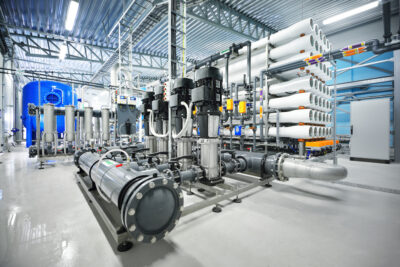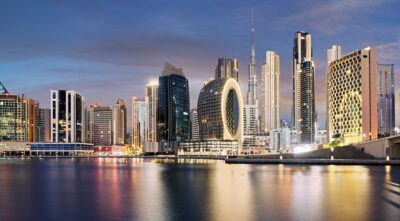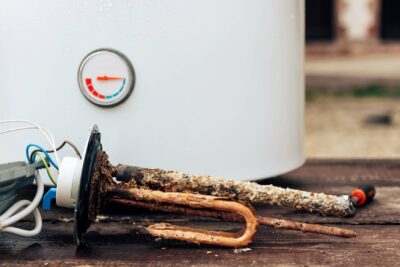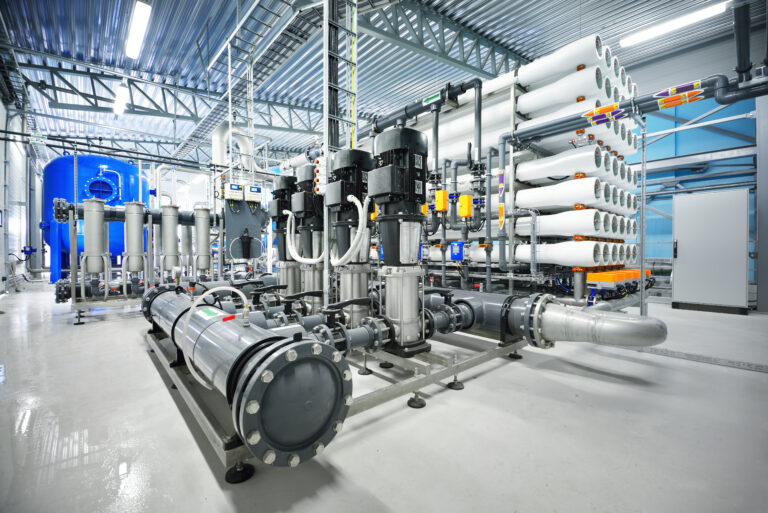One of the most common waste disposal methods in the world is landfilling. Urban waste contains a large amount of organic material, so their accumulation leads to the decomposition and spoilage of these materials. This decay, along with the inherent moisture of the waste and rainfall, leads to the production of a black and foul-smelling substance known as leachate. Leachate recycling is one of the methods that became popular in the 1970s and is carried out with goals such as leachate management, increasing biogas production in landfills, and also increasing landfill stability. One of the problems in leachate recycling is the formation of a layer of bacterial community known as biofilm, which causes the loss of large amounts of energy and creates serious problems in public health.
What is a biofilm? Biofilm (biolayer) refers to a bacterial community that is encapsulated by a matrix and attached to a surface. Where does biofilm exist? The constituents of biofilm are various pathogenic microorganisms that are enveloped by chemicals that form a living environment and are firmly attached to a moist surface. Research has shown that biofilm can form on most moist surfaces.
The presence of biofilm in the pipes of various industries, such as the operators of the water system of cooling towers, is natural. The thin layer of biofilm hinders heat transfer even more than deposits, meaning the loss of large amounts of energy and is considered a serious problem in the environment and public health.
What is the method to prevent biofilm formation? Various chemical methods have been presented so far to prevent the growth and reduction of biofilm, but according to the latest research by scientists in scientific sources, many non-chemical methods have not been used to solve this problem. The device used in this scientific research is the Hydroflow S-38 radio wave descaler, which is presented as a physical conditioner based on sending analog electrical signals with a frequency of 120 to 200 kilohertz inside the entire water piping path, belonging to the Hydropath company in England.
What have been the results of using the Hydroflow descaler? Experiments have been conducted on the removal of biofilm on a laboratory-produced leachate biofilm sample, which includes all experiments conducted in 2 scenarios that include examining the device in controlling and preventing the formation and also reducing the pre-grown biofilm of 2 different bacteria. (4 stages of experiments) According to different stages, it was proven that the most significant effect of this device in preventing the formation of biofilm of 2 different bacterial communities, Pseudomonas (laboratory biofilm) and landfill leachate, respectively, includes 97.5% and 99.54%, and in reduction, also 63.95% and 74.82%. Therefore, it can be inferred that this device is completely effective in the scenario of control and prevention of formation, especially for biofilm resulting from landfill leachate bacteria, which was a real sample taken from the Aradkouh waste disposal tank, without the use of chemical methods. If the piping circuit is cleaned before using the Hydroflow descaling technology, this device will not allow the reformation of biofilm to the extent of 99.54% for landfill leachate and 97.5% for laboratory biofilm in the water stagnation state. It is obvious that this research has been done in the state of water stagnation, and it is clear that if the flow is established inside the pipe, this performance will improve. Hydroflow descalers with the latest technology are used as an efficient and reliable solution in eliminating biofilm in vacuum condenser coolers of power plants and water-cooled heat exchangers with seawater or river water. One of the best applications of this technology is in controlling biofilm in seawater desalination systems using reverse osmosis. These devices, in addition to increasing the useful life of the systems, also help improve efficiency and reduce maintenance and repair costs. Also, the aforementioned devices, with their effectiveness in poultry feed lines, contribute to better hygiene and productivity in the process of livestock feeding and poultry farming. In addition, this modern technology helps maintain water quality and prevent the accumulation of unwanted deposits in various systems.
1- Hydroflow descaler prevents the formation of biofilm in landfill leachate by 99.54%. 2- Hydroflow descaler prevents the formation of Pseudomonas biofilm (produced in the laboratory) by 97.5%.







